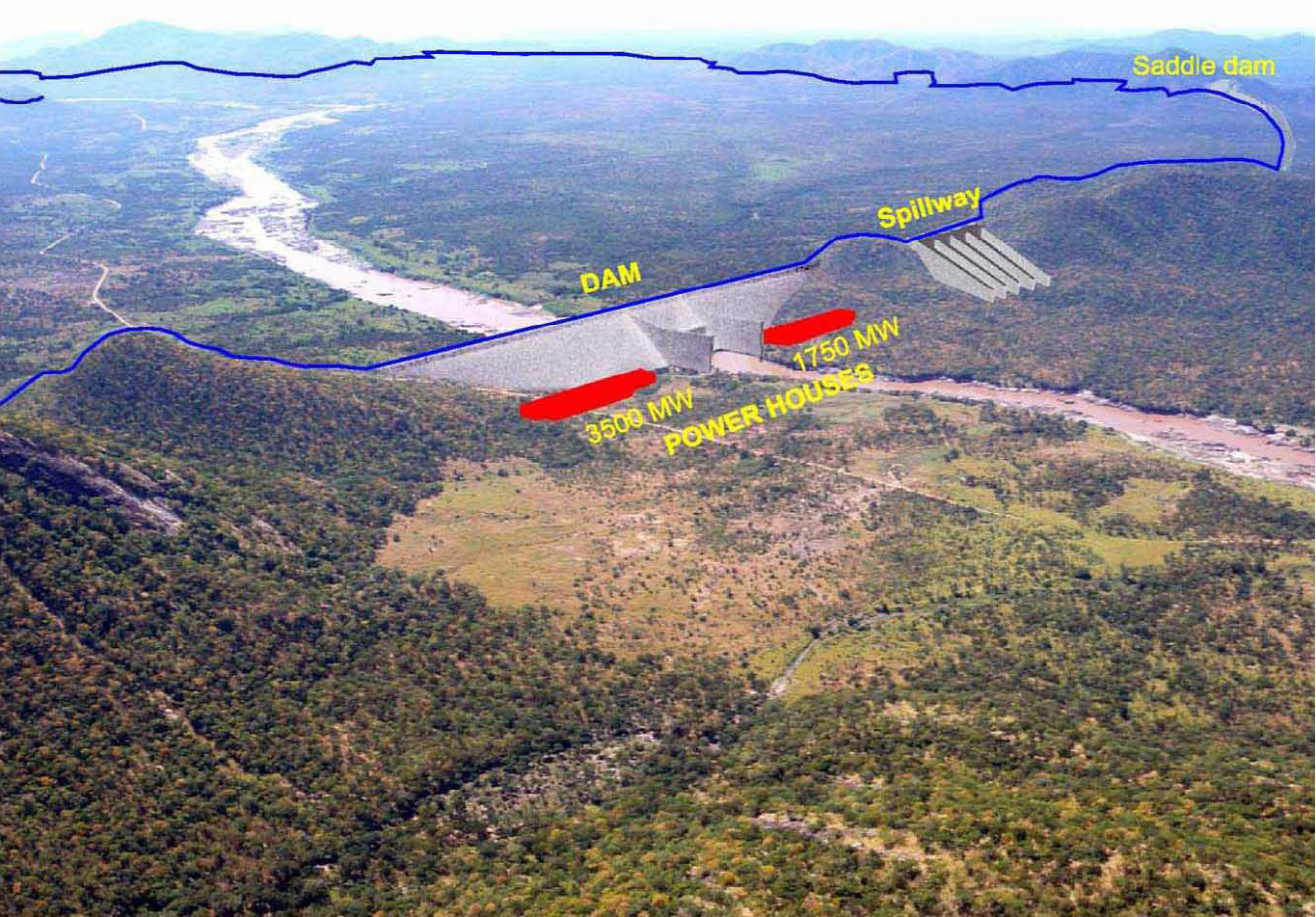Ethiopia Dams and Destroying Peoples for “Development”

In April of 2011, the Ethiopian government announced its plan for the construction of the Renaissance Dam (a.k.a. Millennium Dam), to generate hydroelectrical power (5,250 MW) along the Blue Nile, in Juba State, in western Ethiopia, at a cost of $4.8 billion. The project follows the construction of three Gibe Dams on the Omo River, which empties into Turkana Lake, Kenya, which also sparked disputes with Kenya because of the proportion of affected access to water after the construction of the third dam.
The insistence of the Ethiopian government on these megaprojects is part of the five-year development plan to ensure expansion in the sectors of agricultural production and energy. Unfortunately, however, that plan, which would make Ethiopia`s largest source of energy in Africa, will be at the expense of the lives of millions in the communities inhabiting the areas hosting the dams. Tens of thousands are being forced from their homes, while their lands are being grabbed for lease or sale to private investors, including foreign governments. Other communities in the neighboring countries that share the rivers face the threat of losing their right to access the water, and the prospect of wars and conflicts over water loom.
Several human rights organizations have reported on the conditions of the approximately 15 indigenous tribe`s estimated population of some 260,000 people of the region, in addition to 300,000 others in Kenya, who are threatened by the destruction of their livelihoods dependent on flood waters of the Omo River and the loss of their land due to the construction of Gibe Dam III. The organizations have reported cases of violence, intimidation and forced displacement committed against the indigenous tribes that live on the banks of the River Omo for these energy hydroelectric projects and to favor large-scale commercial farms. Fears of conflict over resources are on the rise, owing to the lack of respect for the inhabitants’ property rights. For more information about the suffering of the peoples of the Omo River, see the reports of the Oakland Institute and Human Rights Watch.
The Renaissance Dam is to be the largest dam in the Africa region. Several cases of forced evictions from land near the dam have been linked to the sale of the inhabitants’ land to 24 foreign companies, including Arabs. A journalist who was monitoring those violations recently has been arrested.
Despite the announcement of the Ethiopian government that the dam will only be used for energy production, the expansion of agricultural production is the subject of agreements between the Ethiopian government and U.S. and multinational corporations, such as Monstanto and Yara International, to export agricultural produce.
According to statement of the German organization Gesellschaft für Bedrohte Völker (Society for Threatened Peoples—STP), the construction of the Renaissance Dam, will lead to the forcible displacement of 12.480 families from Gumuz and Berta tribes, who derive their livelihood from agriculture and fishing. STP has called on the Ethiopian government to abandon this hydro policy “with its devastating consequences,” arguing that the insistence on establishing these giant dams will not deliver the expected benefit in light of the resulting massive violations against human population and armed confrontations with neighboring countries.
On the other hand, since the 1990s, the World Bank has not financed any hydroelectric projects, because of environmental and social damage caused by such dams. However, the Bank is now exposed to sever criticism for reconsidering this policy, especially with the announcement of its agreement to finance Gibe Dam III. That followed the Bank’s earlier rejection, because of the lack of transparency in the environmental and social impact assessment of the project, and instead set his sights on taking advantage of the power from the Congo River.
In light of the opportunities for financial corruption and bribery of foreign companies in the implementation such large infrastructure projects, and due to the risk of exposing affected communities affected to forced displacement and the loss of their property, as well as the omission of environmental and social impact assessment reports, the Ethiopian government is nonetheless obliged to implement a set of international standards. These include the norms upon which the Special Rapporteur on the right to adequate housing developed the UN Principles and Guidelines on Development-based Eviction and Displacement in 2008. As the Special Rapporteur stated at the time, those principles cover evictions motivated by development, or projects carried out under the pretext of public interest, including construction of dams and power generation, and land-use programs.
|